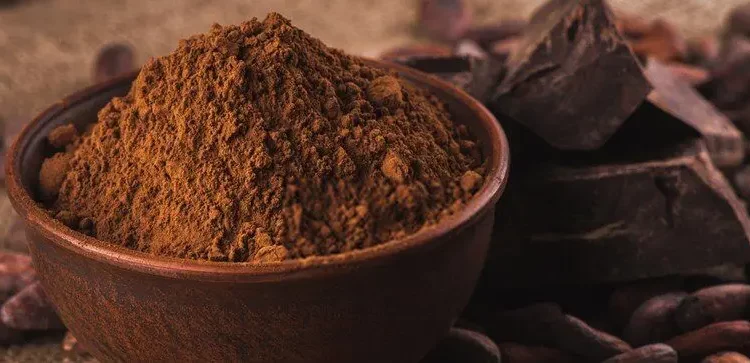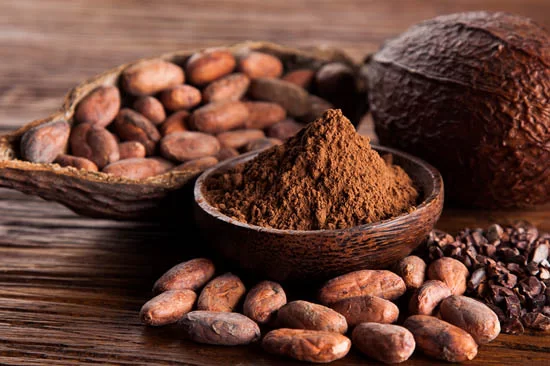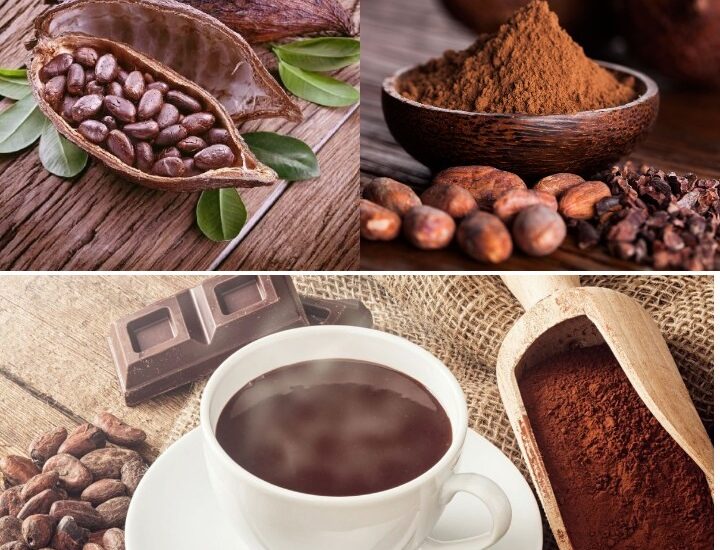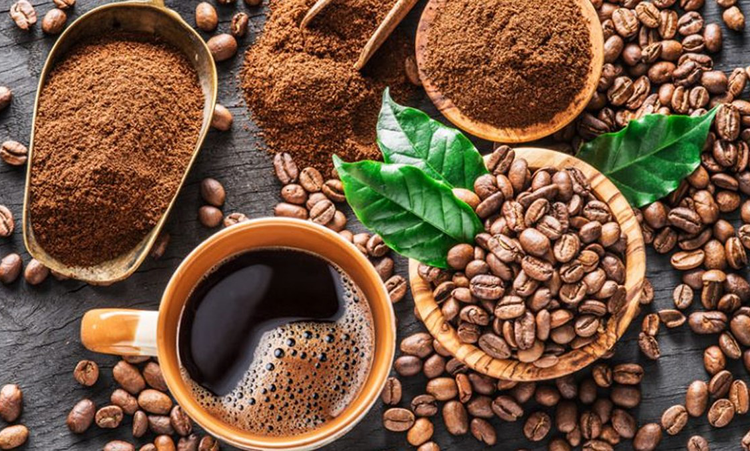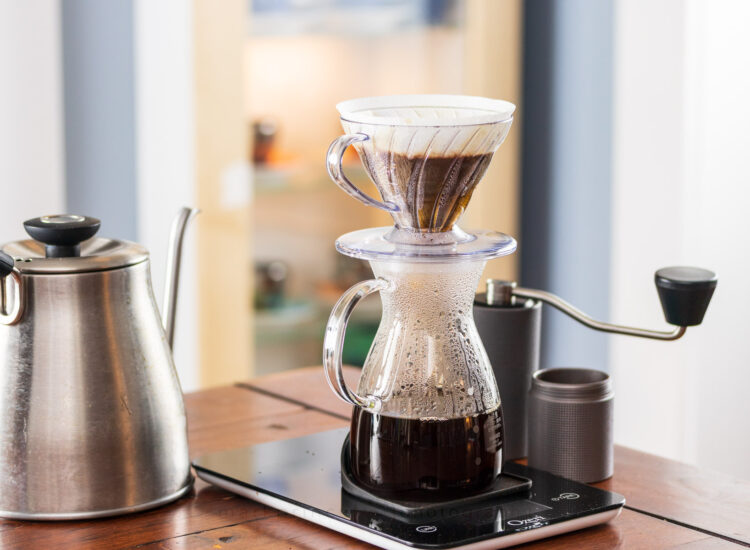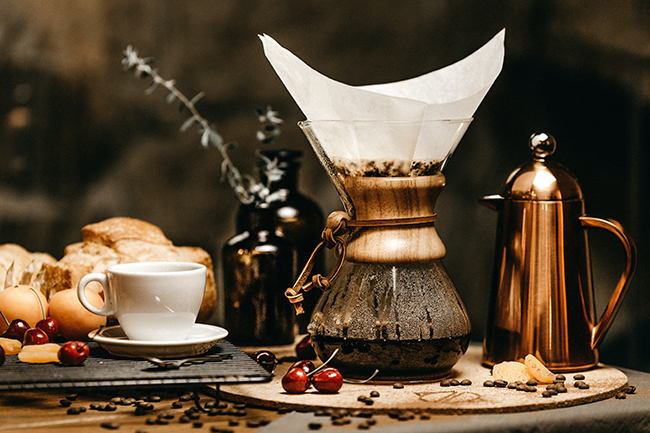The Art of Bean Recognition: Identifying High-Quality Coffee
Introduction:
For coffee aficionados, the journey to a perfect cup begins long before the brewing process. It starts with the selection of high-quality coffee beans. Just like any other agricultural product, the quality of coffee beans can vary significantly depending on factors such as origin, processing methods, and handling. Learning to identify good quality beans is a crucial skill for both home brewers and coffee professionals alike. This essay will explore five key aspects to consider when evaluating coffee beans, providing a guide to discerning the characteristics of truly exceptional coffee.
1. Visual Inspection: Assessing the Appearance of the Beans:

The first step in identifying good quality coffee beans involves a careful visual inspection. The appearance of the beans can reveal important information about their quality, processing, and potential flavor.
- Uniformity in Size and Shape: High-quality beans are typically uniform in size and shape within a single batch. Significant variations can indicate inconsistencies in processing or the presence of defects. Look for beans that are generally the same size and have a consistent oval shape.
- Consistent Color: The color of green coffee beans (unroasted) should be consistent, typically ranging from bluish-green to yellowish-green, depending on the origin and processing method. Roasted beans should also exhibit a uniform color throughout the batch, indicating an even roast. Avoid beans with significant color variations, such as very pale or very dark beans mixed in, as this can suggest inconsistencies in quality or roasting.
- Absence of Defects: Carefully examine the beans for any visible defects. Common defects include broken or chipped beans, insect damage (small holes), mold (white or grayish patches), and foreign matter (sticks, stones). A high number of defects can negatively impact the flavor and overall quality of the coffee.
- Proper Processing Indicators: Depending on the processing method, certain visual cues can indicate quality. For example, well-processed washed beans tend to be cleaner and more uniform in appearance, while naturally processed beans might have slight variations in color due to the dried fruit pulp.
- Oiliness in Roasted Beans: Freshly roasted beans will often exhibit a slight sheen of oil on their surface. This is a sign of freshness and proper roasting. However, excessively oily beans, especially if they appear dark and greasy, may indicate over-roasting, which can result in a bitter or burnt flavor.
2. The Power of Aroma: Unveiling the Fragrance Profile:
Related articles 01:
1. https://cacaocafenewjersey.com/unlock-the-perfect-brew-exploring-5-delicious-ways-to-make-coffee
2. https://cacaocafenewjersey.com/7-cong-thuc-pha-che-matcha-hot-trend-ma-cac-chu-quan-khong-nen-bo-qua
3. https://cacaocafenewjersey.com/flat-white-va-latte-ban-da-biet-cach-phan-biet-hai-thuc-uong-nay-chua
4. https://cacaocafenewjersey.com/cach-pha-matcha-latte-theo-cong-thuc-cua-starbucks
5. https://cacaocafenewjersey.com/lan-song-ca-phe-thu-5-ky-nguyen-moi-cua-linh-vuc-kinh-doanh

The aroma of coffee beans, both before and after grinding, is a crucial indicator of their quality and potential flavor profile. Aromatic compounds developed during the roasting process contribute significantly to the overall coffee experience.
- Whole Bean Aroma: Take a handful of whole beans and bring them close to your nose. High-quality beans should have a pleasant and distinct aroma that reflects their origin and processing. Look for notes such as floral, fruity, nutty, chocolatey, or caramel. Avoid beans that smell musty, moldy, sour, or rubbery, as these are signs of poor quality or improper storage.
- Freshly Ground Aroma: Grinding the beans releases a more intense and complex aroma. Immediately after grinding, inhale deeply. The fragrance should be vibrant and appealing, intensifying the notes detected in the whole beans. A lack of aroma or an unpleasant smell after grinding is a strong indication of low-quality or stale beans.
- Aroma Consistency: The aroma should be consistent throughout the batch of beans. If you notice significant variations in smell, it could suggest inconsistencies in the bean quality or roasting process.
- Intensity and Complexity: High-quality beans often exhibit a more intense and complex aroma with multiple discernible notes. This complexity is a sign of well-grown and properly processed beans that have been roasted to their optimal point.
- Absence of Off-Putting Scents: Be wary of any off-putting scents such as burnt, smoky (unless it’s a deliberately dark roast), or chemical-like odors, which can indicate roasting defects or contamination.
3. Touch and Feel: Assessing Texture and Density:
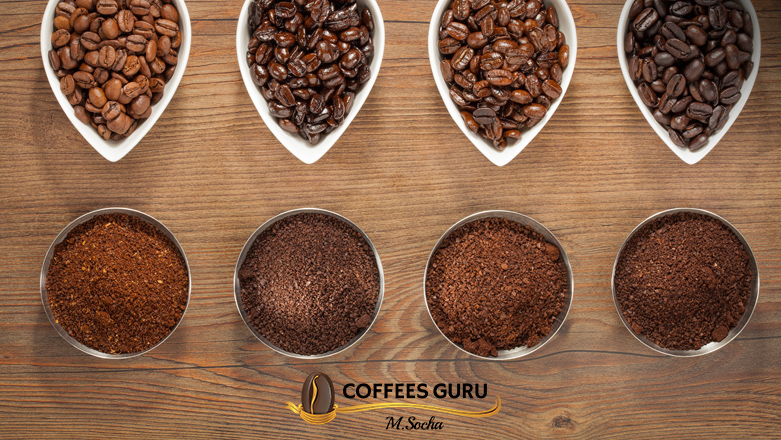
The way coffee beans feel to the touch can also provide clues about their quality and freshness.
- Density and Weight: Good quality beans tend to be dense and feel heavy for their size. This indicates proper growth and moisture content. Light and brittle beans might be under-developed or stale.
- Smooth Texture: The surface of the beans should generally feel smooth. A rough or uneven texture could be a sign of defects or improper processing.
- Absence of Excessive Dust or Chaff: While some chaff (the silverskin that comes off during roasting) is normal, an excessive amount of dust or broken fragments at the bottom of the bag can indicate poor handling or low-quality beans.
- Oiliness (Roasted Beans): As mentioned earlier, a slight oily sheen on roasted beans is normal and indicates freshness. However, beans that feel excessively oily or greasy, leaving a significant residue on your fingers, are likely over-roasted and may have a compromised flavor profile.
- Moisture Content (Green Beans): While more difficult to assess without specialized equipment, the moisture content of green beans is crucial for proper storage and roasting. Beans that feel excessively dry and brittle or damp and soft may not be of good quality.
4. Roast Consistency and Appearance: Evaluating Roasted Beans:
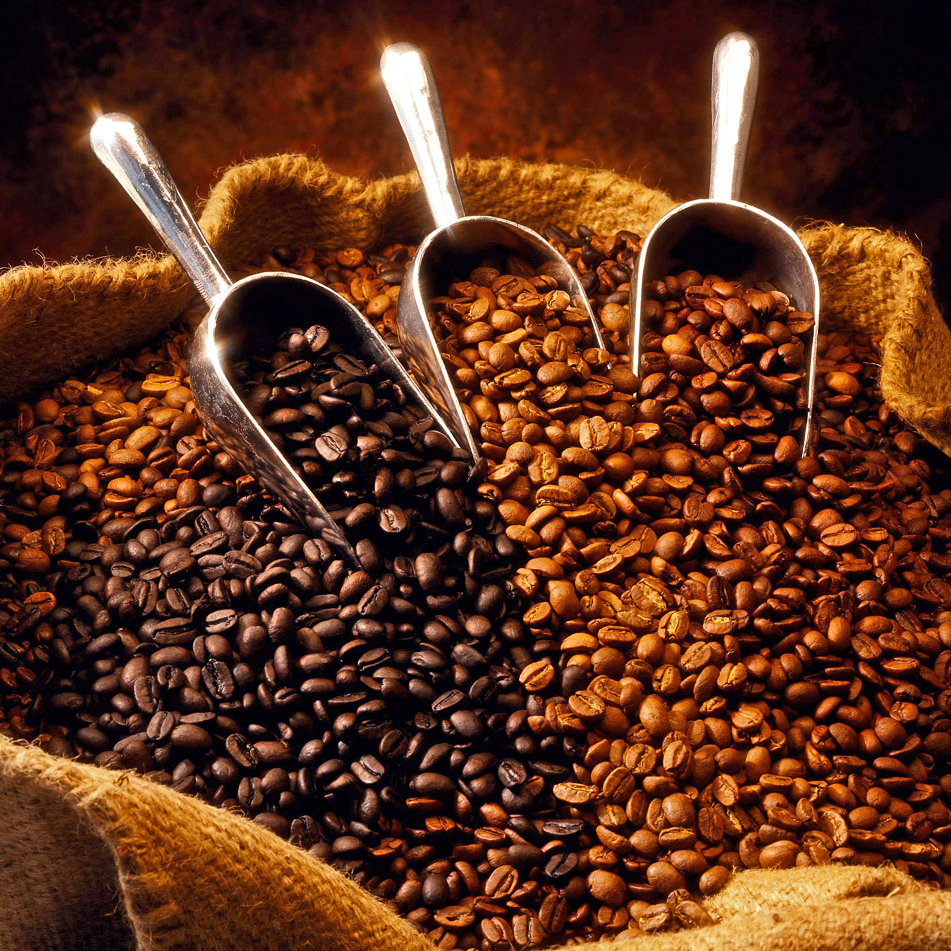
Related articles 02:
1. https://cacaocafenewjersey.com/cach-pha-cacao-ngon-don-gian-tai-nha
2. https://cacaocafenewjersey.com/cach-pha-matcha-latte-theo-cong-thuc-cua-starbucks
3. https://cacaocafenewjersey.com/key-considerations-when-selecting-a-divorce-lawyer
4. https://cacaocafenewjersey.com/xu-huong-do-uong-gioi-tre-hien-nay
5. https://cacaocafenewjersey.com/tra-va-sua-mat-ong-co-nen-ket-hop-voi-nhau
For those purchasing roasted beans, the consistency and appearance of the roast are important indicators of quality. A well-roasted batch of beans will exhibit uniformity and the absence of significant defects.
- Evenness of Roast Color: The roasted beans should have a consistent color throughout the batch, reflecting an even and controlled roasting process. Look for beans that are uniformly light, medium, or dark brown, depending on the intended roast level. Avoid batches with a mix of very light and very dark beans, as this suggests an uneven roast.
- Absence of Scorching or Tipping: Scorching refers to dark, burnt spots on the surface of the beans, while tipping refers to burning on the tips of the beans. These defects are caused by excessive heat during roasting and can result in a bitter and unpleasant flavor.
- Proper Expansion: Well-roasted beans should have expanded properly, resulting in a slightly porous and less dense structure compared to green beans. Under-roasted beans will be dense and hard, while over-roasted beans may appear brittle and charred.
- Minimal Broken Beans: While some breakage is inevitable during handling and packaging, a high percentage of broken or fragmented roasted beans can indicate poor quality or rough handling.
- Freshness Indicators: Check the roast date if available. Freshly roasted beans generally offer the best flavor. Look for beans that have been roasted within the last few weeks.
5. Source and Processing Method: Understanding the Bean’s Origins:
While not directly observable, knowing the source and processing method of the coffee beans can provide valuable insights into their potential quality and flavor characteristics.
- Origin and Terroir: Different coffee-growing regions around the world are known for producing beans with distinct flavor profiles due to variations in climate, soil, and altitude (terroir). Knowing the origin can help you anticipate the general characteristics of the coffee.
- Processing Method: The method used to process the coffee cherries after harvesting (e.g., washed, natural, honey) significantly impacts the flavor of the final beans. Washed coffees tend to be cleaner and brighter, while natural coffees often exhibit more fruity and complex notes.
- Grading and Certifications: Some coffee beans are graded based on size, defect count, and other quality factors. Certifications such as Fair Trade or organic can also provide information about the farming practices and ethical sourcing of the beans.
- Reputable Suppliers: Purchasing beans from reputable roasters or suppliers who are transparent about their sourcing practices increases the likelihood of obtaining high-quality coffee. They often have established relationships with farmers and prioritize quality control.
- Experimentation and Learning: Ultimately, the best way to identify good quality coffee beans is through experimentation and learning. Try beans from different origins and processed using various methods to develop your palate and understanding of what constitutes a truly exceptional cup of coffee.
Conclusion:
Identifying good quality coffee beans is a multi-sensory process that involves careful observation, keen olfactory senses, and a growing understanding of the factors that influence coffee quality. By paying attention to the visual appearance, aroma, touch, roast consistency, and understanding the source and processing method, you can significantly enhance your ability to select beans that will deliver a truly satisfying and flavorful coffee experience. Whether you are a casual coffee drinker or a dedicated enthusiast, mastering the art of bean recognition is a rewarding journey that will undoubtedly elevate your appreciation for this beloved beverage.
